The increased rivalry between Washington and Beijing, particularly on the technological and military arenas, can potentially cause more economic disruption.
The increased rivalry between Washington and Beijing, particularly on the technological and military arenas, can potentially cause more economic disruption.
By Mehmet Enes Beşer
The rekindled US-China tensions once more left Australia in a delicate economic position. A nation deeply engaged with both superpowers—strategically aligned with Washington but economically with Beijing—Australia is faced with a sour dilemma endangering its long-term stability. Though previous episodes of trade and diplomatic tensions between China and the U.S. have exposed Australia’s economic model vulnerabilities, the current escalation may have even deeper connotations.
Australia’s economic wealth in the past two decades was, to a great extent, influenced by the trade relationship that it enjoyed with China. With the accelerated development of China’s economy, its appetite for Australian raw materials, iron ore, coal, and liquefied natural gas, therefore, rose. That trade pattern made China the biggest trading partner of Australia with more than 180 billion AUD annual exports. This dependency is not risk-free, as witnessed in previous conflicts when China imposed tariffs on Australian lobster, wine, and barley due to political tensions.
The increased rivalry between Washington and Beijing, particularly on the technological and military arenas, can potentially cause more economic disruption. The continued pressure by the Biden administration on China regarding intellectual property, its move to limit Chinese access to semiconductor technology, and ongoing disputes about Taiwan have brought increasing Chinese retaliatory measures. As a countermove to deprioritize Western economies, Australia could find itself caught in the middle. Should Beijing shut down its commodity supply chain to Australia, most notably iron ore, then Australian exports would feel a massive sting, to both corporate balances sheets and state purses.
What’s more, the economic strain doesn’t confine itself to resources and commodities alone. Both education and the tourism industries, the traditional purveyors of solid Chinese consumption, are already beginning to notice shifts in Chinese patterns of consumption. Foreign students from China make a significant input in the Australian universities and their spending enables employment in hospitality, retail, and property involving a thousand people. Beijing’s positioning of onshore study opportunities in addition to back-up sources like the UK and Canada is increasingly beginning to question Australia’s monopolistic position within this niche. Additional restrictive measures on student flows and tourist inflows, additional exacerbation in diplomatic relations, can have the potential to escalate economic pressures.
Similarly, Australian businesses reliant on Chinese manufacturing and supply chains are also left in limbo. The global trend of economic decoupling, in which the U.S. and its allies seek to contain Chinese dominance in critical sectors, has prompted Australia to look back at its own supply chain dependencies. While the government has made efforts to secure alternative sources for critical imports such as rare earth elements and drugs ingredients, such a change is gradual and typically more expensive. Australian companies can expect higher production expenses, along with associated inflationary forces and loss of competitiveness in export markets,
The political dimension of Australia’s policy is no less significant. The country has strengthened its security tie with the US and other Western countries through alliances such as AUKUS, which has raised tensions with China. Even though such deals are central to Australia’s ultimate strategic security, they have trade-offs. China has already demonstrated that it will use economic leverage in an attempt to persuade Australia to alter its policies, and it will heighten these attempts if Canberra continues to follow down the path of U.S. containment policies. This places Australian policymakers in the difficult balancing act of maintaining friendly relations with the U.S. while avoiding upsetting China with economic pressure.
Trade diversification is potentially an area where Australia can least its vulnerability. Increased trade connections with rising Southeast Asia markets, India, and Latin America could be a potential means of countering dependence on Chinese demand. While there have been attempts to negotiate better trade deals with nations such as Indonesia and India, there is no substituting the void left by the sheer volume of Chinese imports in a short span. Establishing new trading relationships is a matter of time, infrastructure creation, and diplomatic outreach.
Domestic economic resilience forms another critical component of Australia’s defense. Additional investment in high-tech manufacturing, technology, and clean energy can establish new channels of growth that are less subject to geopolitical cycles. The Australian government has already taken steps to fund indigenous semiconductor fabrication and rare earth processing, which are both strategic sectors during the U.S.-China tech war. But this will need to be maintained with continued finance, policy continuity, and private sector engagement if it is to succeed.
Financial markets also have begun to factor in fear of the potential fallout from increasing U.S.-China tensions. The Australian dollar remains exposed to shifts in global appetite for risk, especially as investors continue to reprice the integrity of trade flows. A decline in Chinese demand for Australian imports will depreciate the currency, increase the cost of imports, and push inflation up. With the high household debt level in Australia and the increased interest rates, further economic shocks would be nudging consumer spending and business investment.
These are problems there are, though. Australia is not zero leverage. With its position as a significant source of key commodities such as iron ore, there is some buffer against swift economic retaliation. China, seeking diversification of supplies, has over-reliance on Australian iron ore due to its quality and the practical inability to abruptly replace it with sources such as Brazil. This advantage is not necessarily guaranteed in the long run. If China is able to engage in closer trade with African nations or accelerate local resource extraction, its monopoly in the industry can be shattered.
Lastly, the revived tensions between the United States and China constitute a core trial of Australian economic and diplomatic strategy. Australia must navigate a course that ensures the protection of its economic interests without disrupting its overall geopolitical frameworks. To achieve this, it will require all the active trade policy instruments, investment in domestic industry, as well as diplomatic flexibility. Although Australia has navigated past adversity due to the world’s great-power rivalries, the shifting dynamic of U.S.-China relations implies that there can be no complacency.
With global uncertainties increasing by the day, the Australian government has to remain alert in responding to shifting dynamics. Its attempts to increase economic resilience, diversifying trade relations and maintaining lines of communication open with both Washington and Beijing will be crucial in making sure that Australia is not negatively impacted by growing superpower competition. Years ahead will be determinant for deciding if Australia can perhaps bring about a transition towards a more independent and strategically balanced economy, or keep putting itself at the mercy of foreign rivalries.







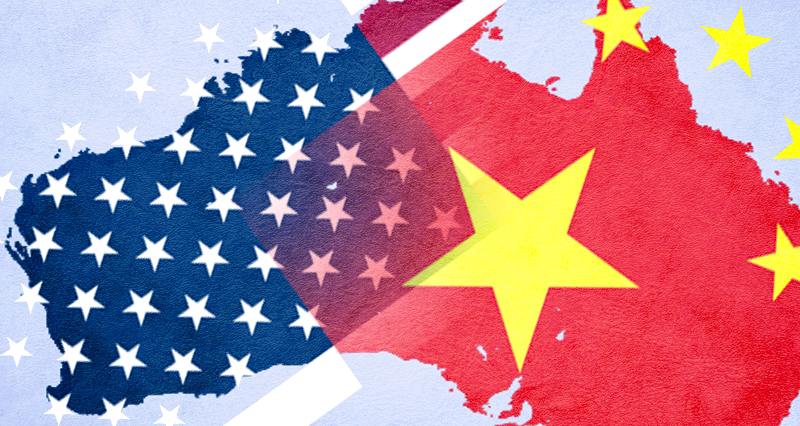


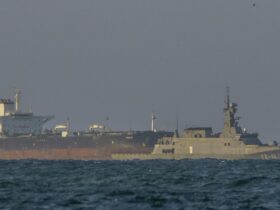

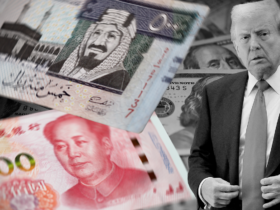
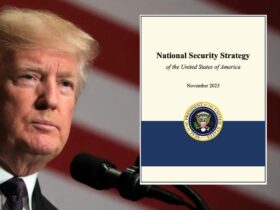
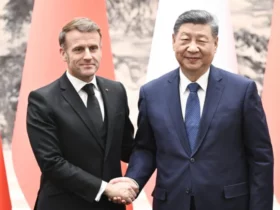

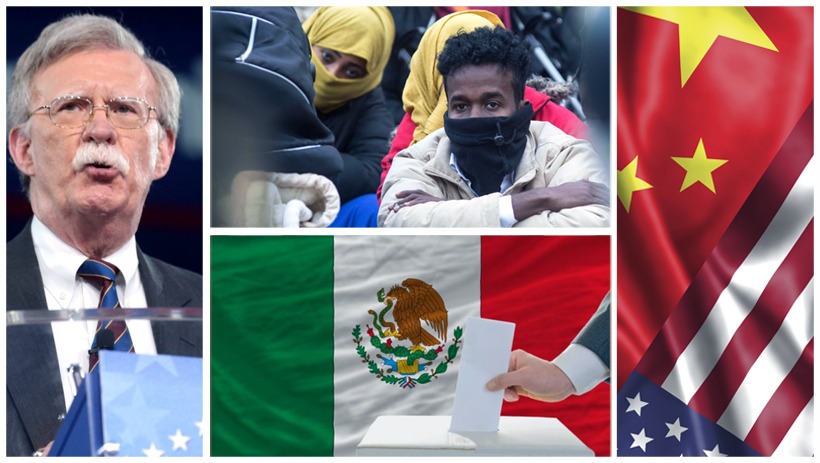
Leave a Reply